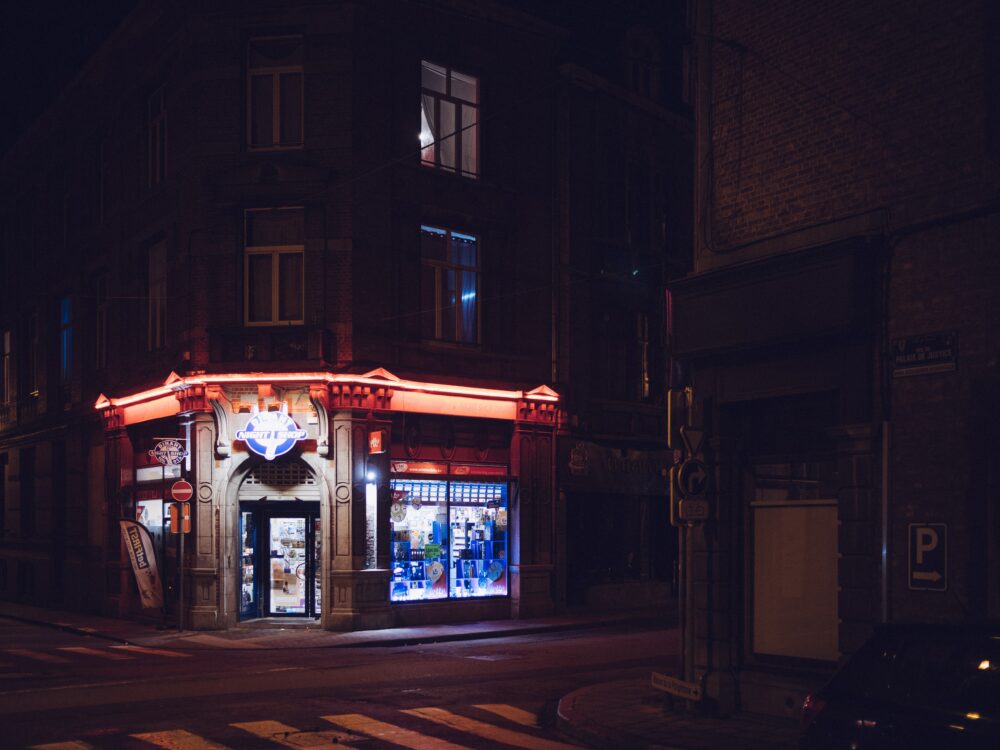There was a time when brits were more well known for their stiff upper lip than they were for Brexit. We are the nation that ‘keeps calm and carries on’, through thick and thin. Of course, everyone has an Achille’s heel, and for the British, one such weakness is the unbridled fury that is unleashed upon discussion of the price of a Freddo.
How much a single Freddo costs to purchase is iconic for a number of reasons. One, it really drives home just how old people are getting. Two, it highlights a notable change in something that is often treated as an unchanging — the British corner shop.
But the British corner shop, big or small, has had to change to adapt to our changing consumer demands.
What is expected to be sold at a British corner shop
To be profitable as a smaller retailer, it is crucial to streamline your business to the key components of value for your customer. It is important to know then what your customers are coming to your store for.
🏆
The 2024 Creative Retail Awards are open for entries.
The Creative Retail Awards are much more than a mere accolade; they represent the pinnacle of achievement in the retail industry. Garnering a nomination or winning one of these awards is a testament to innovation, excellence, and leadership.
www.creativeretailawards.com
According to the Association of Convenience Store’s Local Shop Report 2018:
| Age range | Gen Z (16-24) | Millennials (25-34) | Gen X (35-54) | Baby Boomers (55-74) | Silent Generation (75+) |
| Customer percentage | 13% | 17% | 33% | 29% | 8% |
| Top reason for visit | Food-to-go (32%) | Food-to-go (21%) | Grocery top-up (22%) | Newsagent (32%) | Newsagent (42%) |
| Top driver for visit | Close to home (66%) | Close to home (62%) | Close to home (64%) | Close to home (70%) | Close to home (82%) |
For post corner shops, their customer bare consists of Generation X, followed by Baby Boomers. But small retailers shouldn’t neglect the new customer pool forming in Millennials and Generation Z — these age ranges show what corner shops need to become in order to maintain its future customer pool. Currently, the main customer pool is seeking grocery top-ups between bigger weekly shops, and news. This is certainly set to change, as Baby Boomers and the Silent Generation are likely to be the last generations who seek news sources offline: figures show that newer generations, particularly Generation X, rely on social media and digital outlets for their news stories. There is little, if any market for corner shops to sell newspapers in the future.

Ensuring the store is adaptable
It’s fascinating that corner shops have needed to technically go back to their roots through this younger generation-fueled shift. After all, corner shops were originally created for new towns to do their grocery shopping and to purchase food. The rise of supermarkets depleted this need through cheaper prices and larger stock range, which caused corner shops to turn to new products, like newspapers and magazines. But with younger generations choosing to do lots of little shops rather than one big shop per week, corner shops are seeing this market return to them.
Food on the go is a huge requirement for todays consumer. Millennials and Generation Z are stopping by corner shops on the way to and from work to pick up a few bits for the house or flat, as well as grabbing something quick to eat. This matches their more time-conscious lifestyle, and it’s certainly something small retailers can captialise on. For example, offering a more cost-effective alternative to expensive franchise coffee shops, many new corner shops are installing their own Frappino machines to sell on-the-go iced coffee and offering sandwiches and snacks packaged up and ready to go.
Staying convenient
It’s important that corner shops still say concentrated on providing convenience. Small retailers must be aware of falling into the trap of ‘how it’s always been’. While the need for convenience is still very much there in the customer pool, the products and items that are needed in a convenient fashion are changing. It’s been highlighted by The Grocer that corner shops are quickly becoming a melting pot of many different shops, with many offering a little of everything, from ATM machines, baked goods, and Post Office facilities. Its crucial that corner shops keep up with changing trends, for example offering vegan chocolate, but always maintain a convenience focused business model.
What do you think about the changes to the local corner shop? Do you miss the nostalgia of a small business, or do you prefer the more sleek, modern offerings of these increasingly multi-functional stores?

















